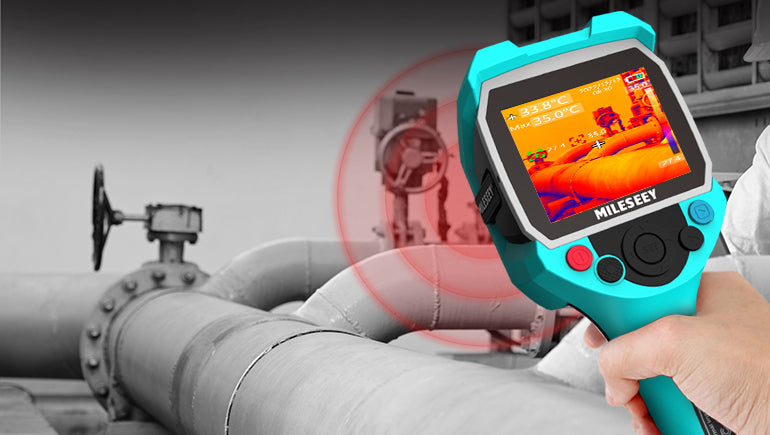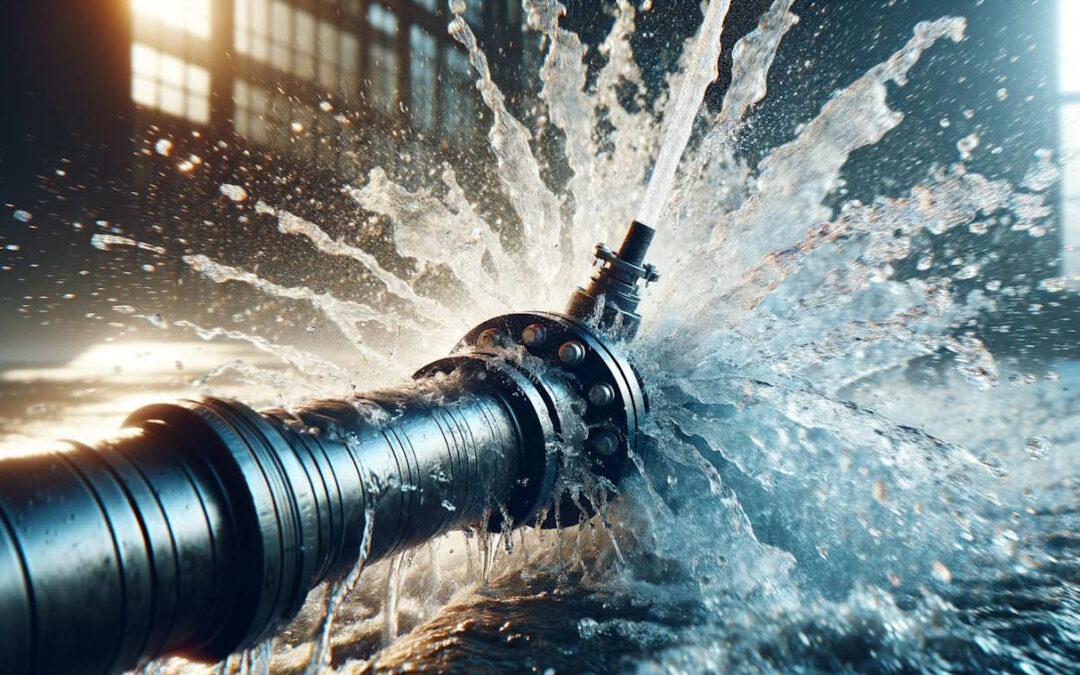Cutting-edge Solutions for Early Discovery of Water Leaks in Structures and Infrastructure
From sophisticated leakage discovery modern technologies to the implementation of IoT sensors for real-time tracking, the landscape of leak prevention is progressing quickly. Automated water circulation evaluation systems are improving how leaks are determined and resolved, paving the method for a proactive technique to water leakage detection.
Advanced Leak Detection Technologies
Advanced leak detection technologies, equipped with cutting-edge sensors and formulas, play a critical function in swiftly recognizing and determining water leakages in different settings. These technologies use a mix of acoustic, thermal, and electro-magnetic noticing methods to spot leaks properly. Acoustic sensing units find the audio of getting away water, enabling for accurate localization of the leak resource. Thermal imaging discovers temperature changes triggered by water leak, supplying another reliable technique for leak recognition. Electro-magnetic sensors can recognize modifications in magnetic fields brought on by water, providing yet an additional layer of leakage discovery capacity.

IoT Sensors for Real-Time Monitoring
In the world of modern water leak discovery, the combination of IoT sensing units for real-time monitoring stands for a pivotal development in improving aggressive leak detection capabilities. These sensors supply continuous monitoring of water systems, supplying real-time data on water flow prices, stress variants, and temperature level modifications. By leveraging IoT technology, these sensing units can find also the smallest anomalies in water usage patterns, allowing early identification of possible leakages prior to they rise into major issues.
IoT sensors send information to a central system, where advanced formulas examine the info and create notifies or notifications when abnormalities are discovered. This real-time surveillance capacity permits residential property owners or facility managers to quickly deal with leaks, decreasing water damages, minimizing repair work costs, and preserving water sources.
Moreover, IoT sensors can be integrated with structure administration systems, enabling computerized actions to found leakages, such as turning off water valves or triggering pumps to mitigate the influence of leaks. On the whole, the execution of IoT sensing units for real-time surveillance dramatically improves the efficiency and efficiency of water leak discovery in buildings and facilities.
Maker Learning Algorithms for Leakage Prediction

One secret advantage of making use of equipment discovering for leak prediction is its capacity to constantly learn and boost its accuracy over time. As even more data is accumulated and fed right into the algorithm, it can refine its forecasts and adapt to altering conditions, inevitably boosting the dependability of leak discovery systems.
Furthermore, machine discovering algorithms can aid helpful site in determining their explanation refined signs of leaks that might go unnoticed by typical tracking approaches. water leak detection. By assessing complicated information embed in real-time, these algorithms can supply very early warnings and signals, permitting punctual intervention and precautionary upkeep to alleviate prospective water damages and associated expenses
Making Use Of Thermal Imaging for Leak Detection
Thermal imaging modern technology offers a promising method for detecting water leakages in various systems and infrastructures. By using infrared radiation and temperature level differences, thermal imaging cameras can recognize surprise leaks that are not conveniently noticeable to the naked eye.
One of the vital advantages of thermal imaging for leakage detection is its non-intrusive nature. Unlike conventional techniques that may require damaging right into wall surfaces or floorings to situate leakages, thermal imaging permits non-destructive screening. This not only saves time and reduces costs yet likewise lessens interruption to the building or infrastructure being analyzed. In addition, thermal imaging can swiftly scan large locations, providing a comprehensive overview of possible leakage sources in a prompt way. In general, using thermal imaging technology improves the efficiency and accuracy of water leakage detection, making it a valuable device for preserving the integrity of structures and infrastructures.
Automated Water Flow Analysis Equipments
Exactly how can automated water circulation evaluation systems reinvent the discovery and administration of leakages in various systems and facilities? Automated water flow evaluation systems supply a positive method to leak discovery by continuously monitoring water flow rates and patterns. By developing baseline information, these systems can promptly determine variances that may suggest a leakage, making it possible for timely intervention to protect against extensive damages.
These systems make use of advanced formulas to assess real-time data and provide instant alerts when abnormalities are detected, permitting quick action to be taken. Furthermore, automatic water flow analysis systems can be incorporated with structure monitoring systems or IoT platforms, boosting total efficiency and allowing remote tracking capacities.
Additionally, the data collected by these systems can be used for predictive upkeep objectives, aiding to recognize possible weak factors in the framework prior to leaks happen. In general, the execution of automatic water flow evaluation systems can significantly enhance leak detection and administration methods, inevitably bring about set you back savings, decreased water wastage, and increased sustainability in buildings and infrastructure.

Verdict
To conclude, the combination of advanced leakage detection innovations, IoT sensing units, artificial intelligence algorithms, thermal imaging, and automatic water flow analysis systems provides ingenious services for very early discovery of water leakages in buildings and facilities. These innovations allow real-time tracking, prediction of leaks, and efficient detection approaches to prevent water damage and wastage. Executing these remedies can aid in maintaining the integrity and sustainability of water systems in numerous Full Report settings.